Lost Cities of The World
- Lost Cities of The World
Lost ancient cities hide many secrets, but they also give many answers. They are the roots of civilization from which vast empires and cultures developed. At some point in their past these cities were abandoned by their inhabitant and left to wait for some curious adventurer. Today, that adventurer is you. Join us on our journey through the distant past, and meet ten lost cities of our choice.
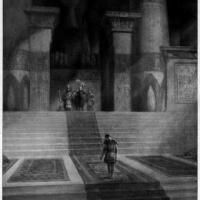
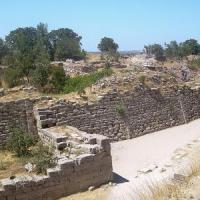
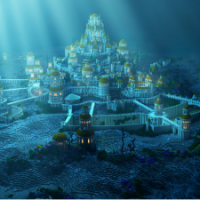
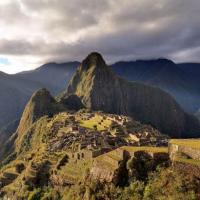
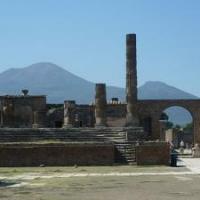
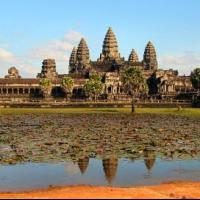
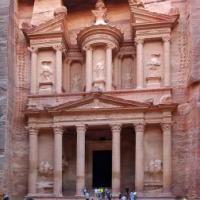
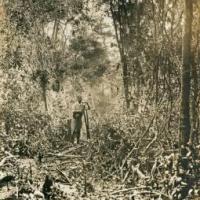
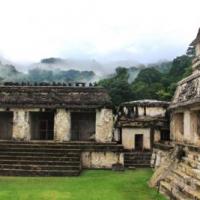
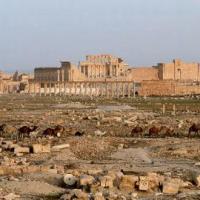
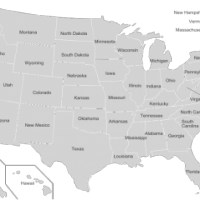




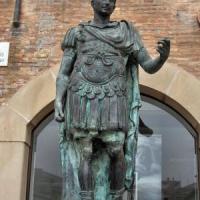
Memphis, Egypt
Memphis was a capital of Ancient Egypt. According to Herodotus-Menes, who united two kingdoms of Egypt-the Upper and the Lower, established the city in 3,100 B.C. With the approximate number of 30.000 inhabitants it was the biggest settlement of the ancient world. For centuries it was a great administrative center, until it was deserted due to the rise of Alexandria and Thebes. During the 6th Dynasty,it accomplished its peak as a center of the cult of Ptah, the god of craftsmen and artisans. Many temples, palaces and gardens were built at the time. A great part of its architecture is lost, because the stone from its buildings was taken for the surrounding settlements. Only the royal pyramids,and some other tombs, several statues and the remains of the temple of Ptah and Apis survived.